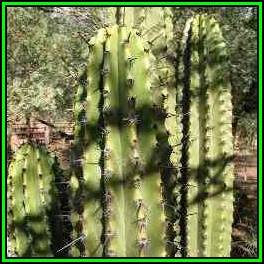
Stenocereus martinezii Seeds - Exotic Cactus Edible Fruit, Insured Combined Shipping, NEW
Check my rate
| Main centres: | 1-3 business days |
| Regional areas: | 3-4 business days |
| Remote areas: | 3-5 business days |

| Main centres: | 1-3 business days |
| Regional areas: | 3-4 business days |
| Remote areas: | 3-5 business days |
Stenocereus is an easy to grow genus comprised of predominantly large, shrubby or tree-like columnar cacti. It is widespread from the Southern United States, throughout Mexico, Central America, the Caribbean, and into Northern South America. The genus name is derived from the Greek word “stenos” which means narrow and the Latin word “cereus” which means candle. The genus has been enlarged by the addition of species from several other genera. A close relative is the peculiar chinoa or chende cactus, Polaskia chende. Stenocereus species mostly flower at night and are pollinated by moths and bats.
Stenocereus martinezii commonly known as Pitahayo or Pitayo is a tree-like cactus from Mexico’s Sinaloa area, around Mazatlan. It grows up to 5 m in height. The stems have 9 ribs which are covered in areoles of 1 cm in diameter from which arise 3 central spines with the upper one up to 5 cm long and the lower ones about 5 mm long. Around those they have 7-11 short black lateral spines. From late spring to early summer it bears whitish pink nocturnal flowers which are followed by edible fruit. Synonyms for Stenocereus martinezii include Lemaireocereus martinezii and Rathbunia martinezii. |